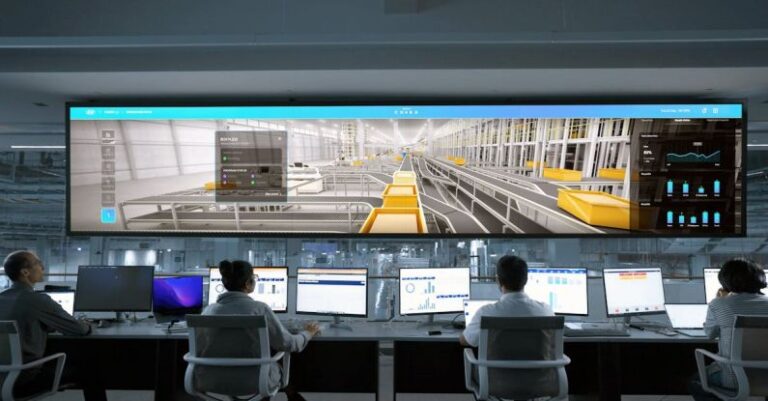
As technology continues to advance at an unprecedented rate, the field of robotics is expanding and evolving rapidly. Robots are being developed for an increasing number of applications, from manufacturing and healthcare to exploration and entertainment. However, with these advancements come a host of technical challenges that the robotics industry must overcome to realize the full potential of this technology. In this article, we will explore some of the key technical challenges facing robotics today.
**Artificial Intelligence and Machine Learning**
One of the primary technical challenges facing robotics today is the development of sophisticated artificial intelligence (AI) and machine learning algorithms. While robots have traditionally been programmed to perform specific tasks, the future of robotics lies in creating intelligent, adaptive machines that can learn from their environment and make decisions in real-time. AI and machine learning technologies are essential for enabling robots to understand complex situations, adapt to new environments, and interact more effectively with humans.
**Sensing and Perception**
Another major challenge in robotics is improving the sensing and perception capabilities of robots. Robots require accurate and reliable sensors to perceive their environment, navigate obstacles, and interact with objects. Advancements in sensor technologies, such as lidar, radar, and cameras, have enabled robots to gather more data about their surroundings. However, challenges remain in developing sensors that are robust, affordable, and capable of operating in diverse environments.
**Motion Control and Actuation**
Efficient motion control and actuation are crucial for the successful operation of robots. Robots must be able to move with precision, agility, and speed to perform tasks effectively. Developing lightweight, energy-efficient actuators and control systems is essential for improving the performance of robots in various applications. Additionally, ensuring the safety and reliability of robotic motion is critical, particularly in settings where robots interact closely with humans.
**Human-Robot Interaction**
As robots become more integrated into society, the ability to interact effectively with humans is a key technical challenge. Human-robot interaction involves not only physical interaction but also communication and collaboration between humans and robots. Designing robots that can understand human gestures, speech, and intentions, and respond appropriately is essential for creating robots that are user-friendly and socially acceptable.
**Autonomy and Navigation**
Autonomy and navigation are critical challenges in robotics, particularly for autonomous vehicles and drones. Robots must be able to navigate complex environments, avoid obstacles, and make decisions autonomously. Developing robust algorithms for mapping, localization, path planning, and obstacle avoidance is essential for enabling robots to operate safely and efficiently in dynamic and unpredictable environments.
**Energy Efficiency and Sustainability**
Energy efficiency is a significant technical challenge in robotics, particularly for mobile robots and drones that rely on batteries for power. Improving the energy efficiency of robots is essential for extending their operational range, reducing downtime for recharging, and minimizing their environmental impact. Research in energy-efficient hardware and software design, as well as the development of renewable energy sources for powering robots, is crucial for addressing this challenge.
**Reliability and Safety**
Ensuring the reliability and safety of robotic systems is a paramount concern in the field of robotics. Robots are increasingly being used in critical applications where any malfunction or error could have serious consequences. Developing robust fault detection and recovery mechanisms, as well as standards for safety and reliability testing, is essential for building trust in robotic systems and ensuring their safe operation in various contexts.
**Conclusion: Overcoming Technical Challenges in Robotics**
In conclusion, the field of robotics faces a myriad of technical challenges that must be addressed to unlock the full potential of this transformative technology. From advancing artificial intelligence and machine learning to improving sensing and perception capabilities, there is no shortage of opportunities for innovation in robotics. By tackling these challenges head-on, researchers and engineers can create robots that are smarter, more capable, and more adaptable to a wide range of applications. As the field of robotics continues to evolve, overcoming these technical challenges will be crucial for shaping the future of robotics and enabling robots to make a positive impact on society.





